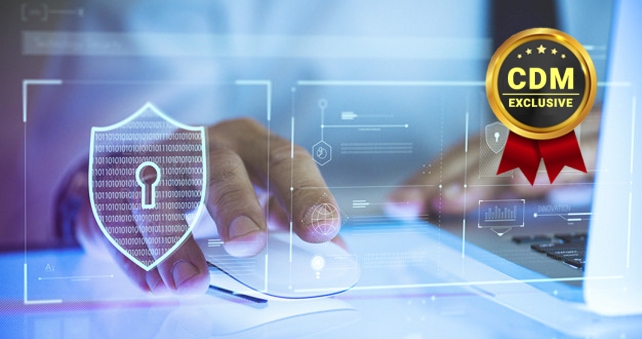by Dana Tamir, VP Market Strategy at Silverfort
Currently four out of five breaches involve the use of compromised or weak credentials. Enforcing multi-factor authentication (MFA) has been proven as the most effective measure against these attacks. Yet mainstream MFA solutions, that were designed to be implemented for specific systems, make it difficult to protect many resources in today’s complex and dynamic networks.
The next generation of authentication introduces a new approach to enable seamless MFA that can protect any organizational resource, no matter what it is, or where it is. It no longer requires deployment of software agents on protected systems, or proxies in the network, enabling organizations to protect any sensitive resource on-premises or in the cloud with a holistic adaptive authentication approach.
Here are five things you need to know about Next-Gen Authentication:
- It’s easier to deploy and maintain: Since it doesn’t require deployment of software agents or network proxies, the deployment is very quick (typically hours) even in large complex networks. In addition, there is no need to patch or update agents on protected systems which minimizes ongoing maintenance.
- It can protect systems you couldn’t protect until today: Many sensitive systems aren’t supported by mainstream MFA solutions including proprietary, homegrown and legacy systems, IoT and critical infrastructure. With an agent-less, proxy-less approach, for the first time it’s possible to protect these systems without any special or costly customizations.
- It unifies protection across on-premises and cloud environments: The holistic nature of the agent-less approach enables you to unify MFA management and consolidate auditing across all sensitive systems, regardless of their location.
- It continuously adapts to risk levels: By continuously monitoring and analyzing all access requests, across on-premises and cloud environments, it leverages an advanced AI-Driven risk-engine to dynamically calculate the most accurate risk-score per user, device and resource, and can automatically step-up authentication requirements when risk levels are high.
- It improves security while reducing disruptions: Until now, threats detected by security solutions weren’t blocked because false-positive alerts could result in unwanted disruptions to legitimate users. Next generation authentication enables you to trigger step- up authentication in response to detected threats, allowing legitimate users to authenticate and continue working while blocking true-positives.
With identity-based attacks on the rise, can you afford to leave your mission critical resources unprotected? Next- Gen Authentication opens a new chapter in enterprise security, offering organizations a new way to protect more systems than ever before, with less effort and disruptions.
About the Author
 Dana Tamir, VP Market Strategy at Silverfort. Dana is a veteran of the cybersecurity industry with over 15 years of real-world expertise and leadership roles in leading security companies. Prior to Silverfort, Dana served as VP Marketing at Indegy. Before that, she served as Director of Enterprise Security at Trusteer (acquired by IBM in 2012). She also held various roles at Imperva, Symantec, Bindview, and Amdocs. Dana holds an engineering degree from the Technion – Israel Institute of Technology, in addition to a number of industry and vendor certifications.
Dana Tamir, VP Market Strategy at Silverfort. Dana is a veteran of the cybersecurity industry with over 15 years of real-world expertise and leadership roles in leading security companies. Prior to Silverfort, Dana served as VP Marketing at Indegy. Before that, she served as Director of Enterprise Security at Trusteer (acquired by IBM in 2012). She also held various roles at Imperva, Symantec, Bindview, and Amdocs. Dana holds an engineering degree from the Technion – Israel Institute of Technology, in addition to a number of industry and vendor certifications.


